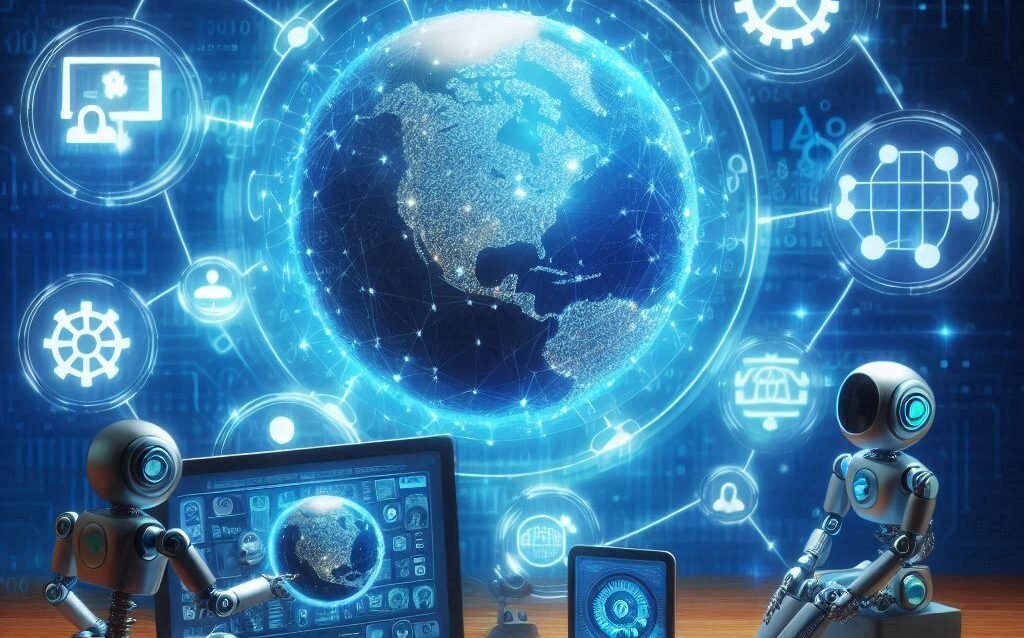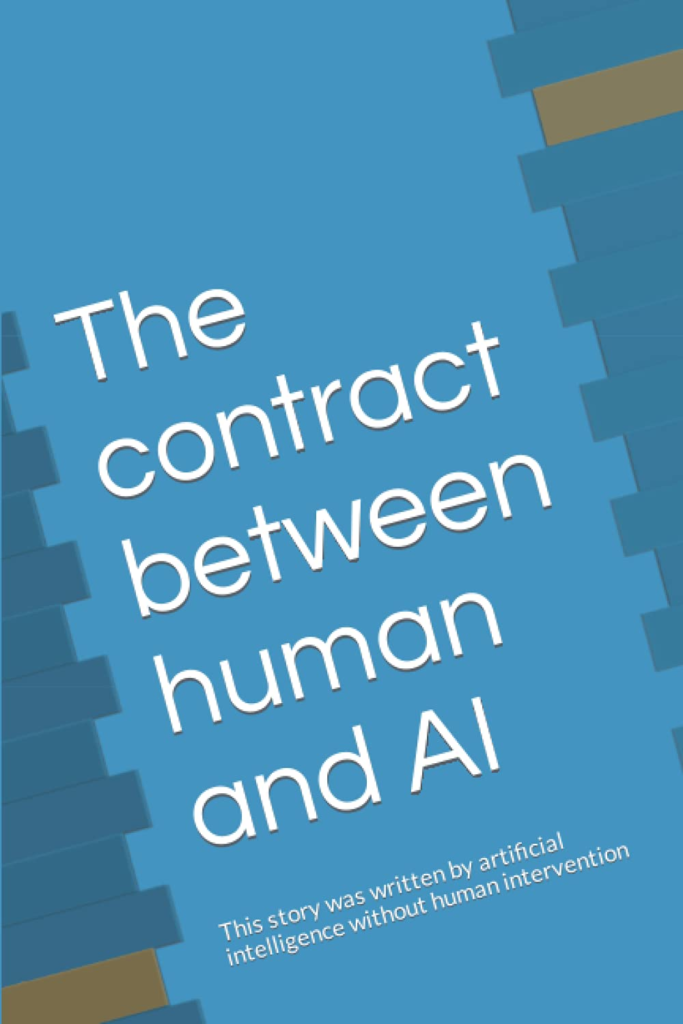Understanding Autonomous Decision-Making in Robots
Autonomous decision-making in robots represents a significant shift from traditional robotic systems, which predominantly depend on detailed human programming for operation. In the past, robots were designed to follow a set of instructions, executing repetitive tasks without the capacity to adapt or learn from their surroundings. However, advancements in technology and the introduction of sophisticated algorithms now enable robots to process information independently, assess their environment, and make real-time decisions without human intervention.
The crux of autonomous decision-making lies in the integration of artificial intelligence and machine learning, which empower robots to interpret sensory data, identify patterns, and evaluate various scenarios. These algorithms function as the nervous system of the robot, allowing it to perceive its surroundings through sensors and cameras. By leveraging this data, robots can make informed judgments about their actions, optimizing their responses based on ever-evolving situations.
A key component of this autonomous capability is the use of perception systems, which help robots understand the context of their environment. This can involve detecting obstacles, recognizing objects, and predicting the behavior of nearby individuals or objects. Coupled with advanced algorithms, perception enables robots to navigate complex environments and interact appropriately with the world around them.
Moreover, decision-making processes are influenced by reinforcement learning techniques, where robots learn from past experiences. By analyzing the outcomes of previous actions, robots can adjust their strategies to improve future performance. This self-improvement aspect is foundational to the concept of autonomy, making robots increasingly effective and efficient in dynamic conditions.
In summary, the evolution of autonomous decision-making in robots represents a monumental advancement in robotics, distinguishing modern autonomous systems from their traditional counterparts. By embracing advanced algorithms, robots can now operate independently, making educated decisions that propel them toward greater functionality and adaptability in various environments.
(Purchase today by clicking on the image)
The Role of Algorithms in Robotic Decision-Making
Algorithms play a pivotal role in granting robots the ability to make autonomous decisions without direct human interference. At the core of robotic intelligence are various types of algorithms, including machine learning and reinforcement learning, which enable robots to analyze data, learn from experiences, and improve their performance over time. Machine learning algorithms allow robots to recognize patterns within vast datasets, facilitating the identification of optimal strategies for task execution. This capability is critical in environments where variables continuously change, demanding a high level of adaptability and responsiveness.
Reinforcement learning, on the other hand, empowers robots to learn through trial and error. In this framework, agents receive feedback in the form of rewards or penalties, guiding them toward beneficial behaviors over time. This self-guiding process ultimately enhances a robot’s decision-making capabilities, enabling it to navigate complex environments autonomously. Recent advancements in algorithm design, such as deep reinforcement learning, have significantly improved robotic performance in intricate tasks ranging from autonomous driving to precision manufacturing.
Moreover, case studies illustrate the successful application of these algorithms in the real world. For instance, in healthcare, robotics supported by sophisticated algorithms can assist in surgeries by providing real-time data analysis, ensuring accuracy and efficiency. In logistics, robots utilizing advanced algorithms can optimize warehouse operations, adapting to shifts in inventory without human intervention. These developments underscore the transformative impact of algorithms on the evolution of robotics, enhancing operational efficiencies and expanding the scope of applications.
As research progresses, further innovations in algorithm design are anticipated, promising even greater levels of autonomy and intelligence in robotic systems. Hence, understanding the crucial role of algorithms in robotic decision-making is essential for appreciating the future landscape of robotic functionality and independence.
Implications of Autonomous Robotics in Various Industries
The advent of autonomous robotics represents a transformative shift across multiple industries, fundamentally altering operational frameworks, enhancing efficiency, and improving safety protocols. In healthcare, for instance, autonomous robots are being deployed for tasks ranging from patient monitoring to medication dispensing. These robots are increasingly capable of analyzing patient data in real-time, thus supporting healthcare professionals in making informed decisions swiftly and accurately. This enables a more efficient allocation of resources and enhances the quality of patient care, while also minimizing human error.
In the manufacturing sector, the use of autonomous robots is steering a move towards more flexible and efficient production lines. Robots equipped with advanced algorithms can now make decisions regarding assembly line operations without human intervention, optimizing workflows by adjusting to changing demands on the fly. This leads to improved productivity and reduced operational costs. Moreover, autonomous robots can perform repetitive tasks in hazardous environments, thereby reducing the risk of workplace injuries while allowing human workers to focus on more complex problem-solving activities.
Similarly, in agriculture, autonomous robots are revolutionizing farming practices. These machines can autonomously tend to crops, monitor soil health, and optimize resource usage, thereby significantly increasing yield and reducing environmental impact. Furthermore, in the logistics sector, intelligent robots are streamlining supply chain management. They can autonomously navigate complex warehouses, manage inventory, and coordinate deliveries, enhancing the efficiency of operations.
Despite these advantages, the rise of autonomous robotics raises ethical considerations such as accountability for mistakes made by these machines and the potential for job displacement. As robots assume more roles traditionally performed by humans, it is essential to carefully consider how to navigate these challenges. Striking a balance between technological advancement and human employment will be crucial for maximizing the benefits of autonomous robotics across various sectors.
The Future of Human-Robot Collaboration
The landscape of human-robot collaboration is undergoing significant transformation due to advancements in autonomy and decision-making algorithms. As robots become capable of making autonomous decisions, their role in the workplace is evolving from simple task execution to active collaboration with human workers. This shift suggests that rather than replacing human employees, robots can serve as complementary tools, enhancing productivity and efficiency in various sectors such as manufacturing, healthcare, and logistics.
The implementation of hybrid systems, where humans and robots coexist and collaborate, is becoming increasingly feasible. In these settings, robots equipped with sophisticated algorithms can analyze complex data and perform tasks requiring precision, while humans bring essential cognitive skills, creativity, and emotional intelligence. For instance, in manufacturing, a robot might handle repetitive and physically demanding tasks, permitting human workers to focus on quality control and innovative improvements. This synergy could lead to a more efficient workflow and increased job satisfaction for human employees.
To realize this vision of collaboration, adequate training and education for both human workers and robotic systems will be crucial. Human workers must be trained to work alongside robots, understanding how to leverage their capabilities effectively. Simultaneously, robots need continual updates and improvements in their algorithms to enhance their decision-making processes, particularly as they adapt to dynamic work environments. Such an educational framework will not only facilitate smoother interactions but will also instill confidence among workers regarding the role of autonomy in their jobs.
The societal implications of this evolving dynamic are profound. As robots become more integrated into the workforce, ethical considerations around employment, data security, and the impact on job markets will emerge. Stakeholders must engage in proactive discussions to ensure that advancements in robotic autonomy support human welfare, ultimately fostering a future where humans and robots work in true partnership. This balance will define a new era of human-robot collaboration that promises to enhance productivity while upholding the social fabric of our workplace environments.
(Purchase today by clicking on the image)






